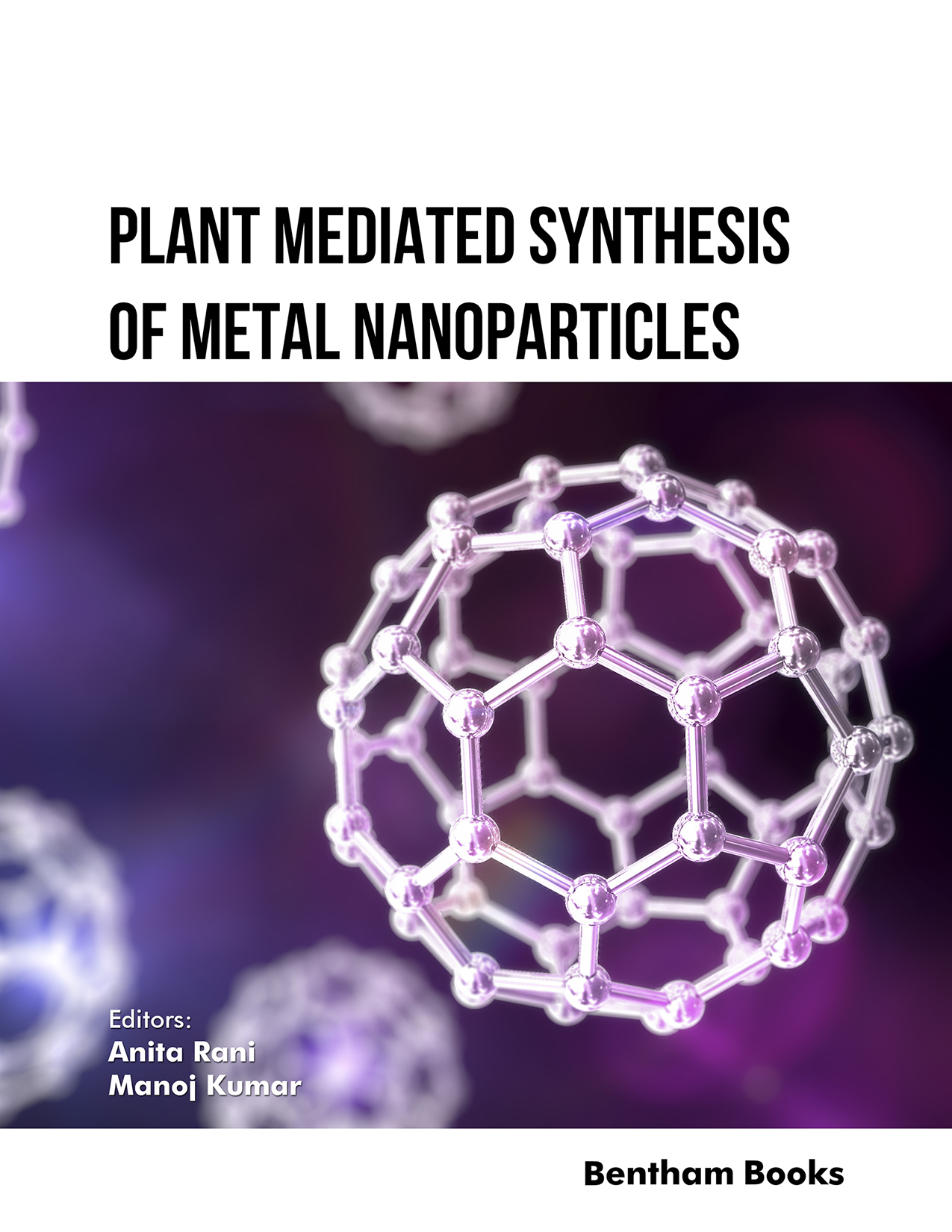Introduction
This book provides valuable knowledge about environmentally friendly methods of nanoparticle synthesis. The contents present information about the subject from synthesis, characterization, advantages, disadvantages, route of administrations up to effects of drug combinations.
Starting with an introduction to the concept of green nanoparticles, the book summarizes different types of plant extracts and their components. Green methods for preparing nanotherapeutic agents utilizing algae and marine plants to synthesize metal based nanoparticles are also explained. The book also places an emphasis on the improvement of metal nanoparticle formulations with polymers for antibacterial applications. A detailed review of the interaction of nanoparticles with or without drugs rounds the contents, with a guide to easily understand their site of action along with suitable reactions in the body.
This book is a primer on nanoparticle synthesis for pharmacology or nanomedicine programs that focus on sustainable and environmentally friendly methodologies for synthesizing therapeutics.
Readership
Students and academics in pharmacology and nanomedicine courses. Researchers studying sustainable methods for metal based nanoparticle production.

